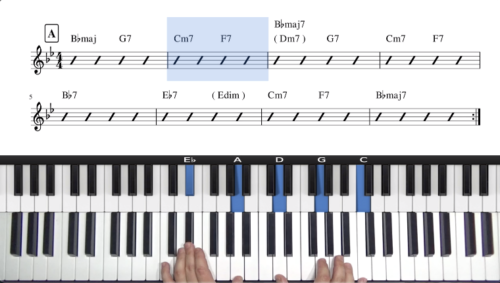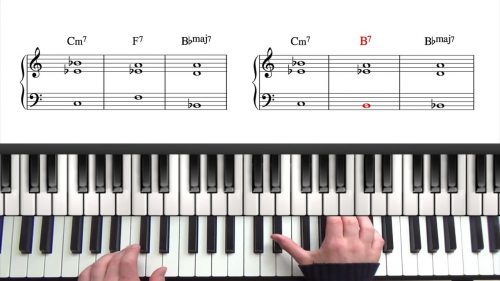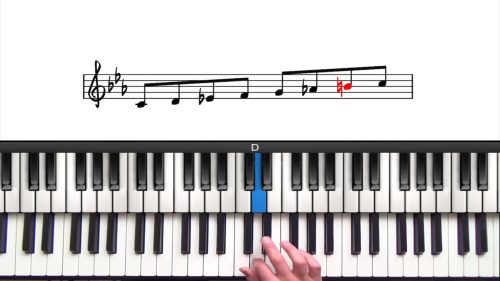Falando de Amor – Harmony & Improvisation
In this lesson Jovino looks in more detail at Antonio Carlos Jobim’s choro canção Falando de Amor, including details about improvisation, harmony and chord voicing.
Falando de Amor contains some harmonic features which are similar to typical jazz progressions but with alterations that make them uniquely Brazilian. Jobim’s use of the Cm6/Eb chord as the 2 chord in a minor 2-5-1 in G minor is rarely seen in jazz but very effective in this instance. Similarly, the first chord of the piece, F#dim7, replaces what would typically be a D7b9 and offers a different and unique colour. The B sections consist mostly of more standard jazz harmony, providing a contrast to the darker sound of the A sections.
Jovino shows us some possibilities for improvisation on this piece that take advantage of the romantic nature of the harmony, as well as some methods of improvisation that differ from what we would ordinarily do in jazz.
Practice Tips
-
In Jovino's example accompaniment, the "fork" rhythm is abstracted but still present. When practicing accompaniment, try using the methods covered in previous videos and then move away from them to using different rhythms and harmonic colours.
-
Much of this piece is based on the G harmonic minor scale. Become familiar with this scale and its possibilities before improvising on this tune.
-
In Jovino's improvisation he uses a lot of devices other than playing melodic lines in the right hand and chords in the left. Remember that something as simple as arpeggiating the chords can be the basis for effective improvisation.






